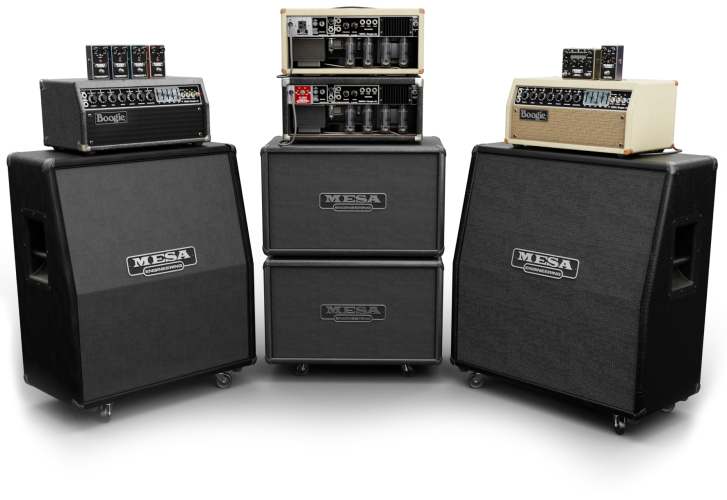Knowledge base > Getting started
Setting up your plugin
Once you have installed and activated your plugin, it's ready to be launched and set up.
This guide will walk you through the process of setting up and optimizing your plugin for the best possible performance and sound quality.
Step 1 - Launch your plugin
To launch your plugin, go to the Launch Pad on your Mac, or the Start Menu on your PC, search for your plugin and launch it.
Note: if you are launching the plugin for the first time, you may be prompted to grant the plugin permission to access your computer’s microphone and / or audio device. Make sure you allow this, otherwise the plugin may not work properly.
Step 2 - Configuring audio settings
Once you have loaded your plugin, the first step is to configure the audio settings. Open the settings menu by clicking the cogwheel icon at the bottom-left corner of the plugin interface.
Note: the settings menu within the plugin interface is only visible in the standalone version. To set up audio settings for plugins within a DAW, open the audio settings section of your DAW's preferences menu. From there, you can select your audio interface, set the input and output channels, and adjust the sample rate and buffer size.
Use the following settings to optimize your plugin's performance and get the best possible sound out of it.
Audio output device
This should be set to your audio interface. When you select your interface you will be able to specify the output(s) to route your signal to depending on the interface you have.
Audio input device (Windows only)
This should also be set to your audio interface. Select the input you have plugged your instrument into.
Note: On Windows computers, you need to select “ASIO” as the audio device type for the plugin to function correctly.
Clicking the “Test” button at the top-right of the Audio Settings window should produce a sound. If it doesn’t, make sure you have selected the correct device, your volume is turned up, your studio monitors or headphones are plugged in, and you have configured the correct inputs and outputs.
Audio Output Channels
Select the output channels that your monitoring device(s) are connected to.
Audio Input Channels
Select the input your instrument is plugged into. Make sure to disable all the inputs you're not using.
Sample rate
Set it to 48000 Hz (unless you specifically require a different sample rate).
Audio buffer size
Set it to 128 samples or lower. Increase the buffer size to 256 samples if you have an older computer.
What is latency?
When using plugins, you may experience a slight delay between playing a note on your instrument and hearing the sound through your headphones or studio monitors. This delay is called latency and is caused by the processing time required by your computer's software.
To reduce latency, decrease the audio buffer size. The buffer size determines how much time your computer takes to process the audio data it receives. Decreasing the buffer size reduces the amount of time it takes your computer to process the audio data, reducing latency, but demanding more from your computer's processing power.
Increasing the buffer size gives your computer more time to process the data, resulting in less strain on its performance but increased latency.
When choosing the audio buffer size, it's important to find a balance between low latency and optimal performance. A good starting point is 128 samples. However, if you have an older computer, increasing the buffer size to 256 samples can help avoid audio dropouts and improve overall performance.
Ultimately, the ideal buffer size will depend on your computer's specifications. To find the best buffer size for your setup, you may need to experiment with different settings until you find the right balance between performance and latency that feels comfortable when you play.
Next steps
Now that you have your plugin set up, it's time to start playing your guitar or bass with it. Check out the guide “tips for using your plugin” for an in depth look at the plugin interface.
If you plan on recording with your plugin, we also have a guide on how to install your plugins to your DAW to help you get started.
If you have any questions or need assistance, our support team is always here to help. You can contact us by emailing support@neuraldsp.com.
Guides for getting started with plugins
Creating an iLok account and downloading iLok License Manager
Setting up your plugin

All our plugins have a 14-day free trial
Download a free trial of any of our guitar or bass plugins and take your tone to the next level.